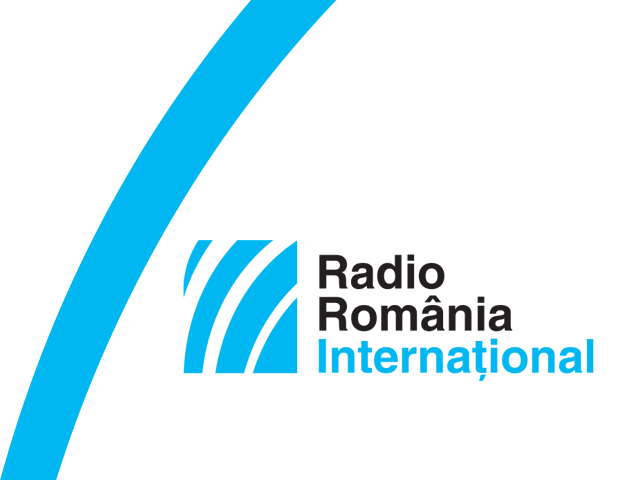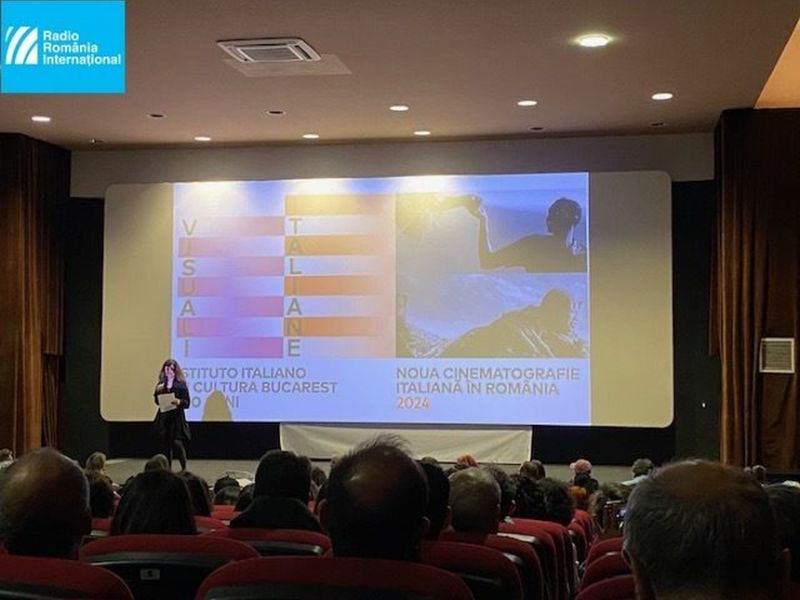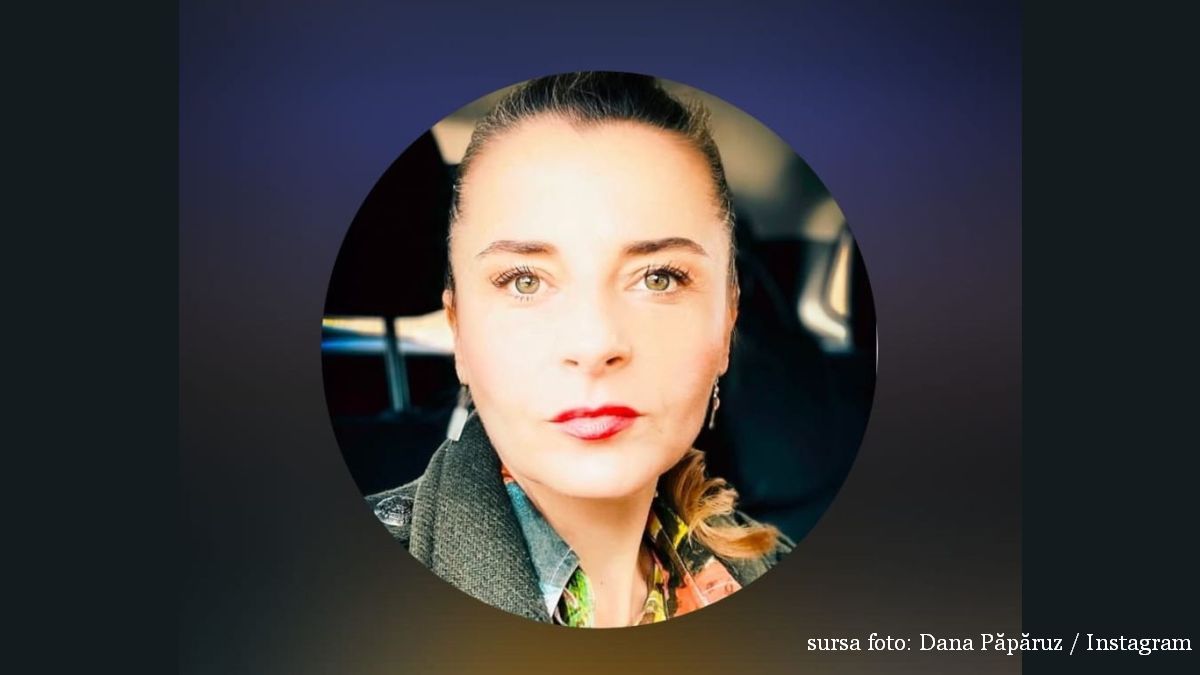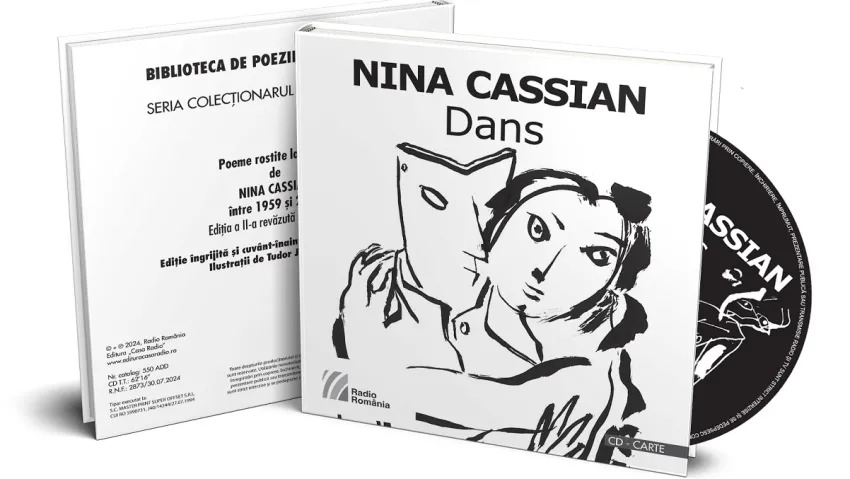Jewish painter and revolutionary C.D. Rosenthal
The remarkable story of a 19th century painter in Romania
Warning: Trying to access array offset on null in /home/web/rri.ro/public/wp-content/themes/rri/template-parts/content.php on line 53
Warning: Trying to access array offset on null in /home/web/rri.ro/public/wp-content/themes/rri/template-parts/content.php on line 98
Ion Puican,
28.11.2020, 14:00
In the courtyard of the Royal Palace, complying with the set of social distancing and hygiene measures imposed by the sanitary crisis, untrammeled by the day’s razzle-dazzle, fairly recently I have participated in the inauguration of an exhibition themed Rosenthal, an artist at the time of the Revolution. The exhibition is venued by Romania’s National Art Museum. Cristina Verona Tobi is the Interim Manager of the Museum. She will now be giving us details about this special moment.
Romania’s National Art Museum this year celebrates 70 years since the first gallery, the National Gallery, was opened, and it goes without saying it is an event which needs to be marked. Namely, the 200th birthday anniversary of fine artist Constantin Daniel Rosenthal, the one who compelled recognition for his famous work, Revolutionary Romania. We’re well aware of the fact that, throughout the years, the National Art Museum has staged some of the country’s most important fine art exhibitions, besides, it always succeeded to strike up an important relationship between art, on one hand, and the development of the social, political and cultural life, on the other. In retrospect, what we have in mind is the significance of the most important moments in our history as a people, of the 1848 Revolution, with its advent in the country and the idea of modernity to go with it, which was based on important liberal values and innovative ideas. So it is an extremely important exhibition, because we bring elements of novelty to the public’s attention, works that have never been exhibited before. It is an invitation for us all, for the lay public and equally for the connoisseurs and, what I most want, especially for the young public. It is an invitation for us all to embrace the past, in order to view and make sense of the future together.
The curator of the exhibition, Monica Enache, is the head of the Museum’s Romanian Modern Art section. She gave us details about the novelties the exhibitions brings to the world of art.
Monica Enache: We must say it is the second sole exhibition mounted countrywide, following the one in 1970, which had only 11 works and was not accompanied by any catalogue. Allow me to mention the fact that the catalogue which accompanies the exhibition brings together all the artist’s works we have been able to identify to this day, in the country and especially abroad, that would be a premiere, in public collections, but also in private collections. Some of them, as you may see if you examine the catalogue, are completely unknown and obviously unpublished. In this volume, we included a second premiere, all the letters that have still been preserved in the country, part of them at the National Library and another part at the Library of the Romanian Academy, letters Rosenthal wrote to his friends, political personality and journalist CA Rosetti and physician Adolf Gruno.
We sat down and spoke to Monica Enache about this new exhibition events venued by Romani’s National Art Museum. Ms Enache also shared with us her thoughts in her capacity as a curator.
Monica Enache: I should say it is one, I see it as a new, a reopening of the museum proper. Since I worked from home a lot, that helped this exhibition as well, because I had the opportunity to undertake a more thorough and more consistent documentation, which was also a more specific one. So in the long run, every cloud has a silver lining, as they say. I thought out this exhibition to be very attractive to the public, because, yes, once in a lifetime at least, each and every citizen of our country saw Revolutionary Romania. I cannot imagine otherwise and I place my bets on that when I say it would b an interesting exhibition, let’s just say, for the public, the one in Bucharest, at least, as we don’t have tourists any more. What I want is to reveal the unknown part, from his work but also from his life, as, in the long run, maybe his status of political activist is much more important than his status as an artist, and I find that really hard to admit, since I work with the Art Museum, but we need to tell the truth and I should recommend visitors to read the letters included in the catalogue we have published – they are revealing, while nothing can be understood without them.
The inauguration concluded with the thoughts of fine artist Rosenthal, an artist of Jewish origin, thoughts he shared with CA Rosetti, one of the heads of the 1848 revolution in Wallachia, who also took affirmative action for the Unification of Romanian Principalities. Monica Enache had the details:
I should like to conclude by reading a little fragment from a letter written on July 26, 1848 by Rosenthal, and addressed to his good old friend C.A. Rosetti, it went something like: there are so many reasonable people in our country, while so much passion needs to be overcome. Alack, why am I not the strongest one, albeit for a split second? You cannot imagine how much your cause make me suffer. I never thought I could be so very Wallachian.
(Translated by Eugen Nasta)

